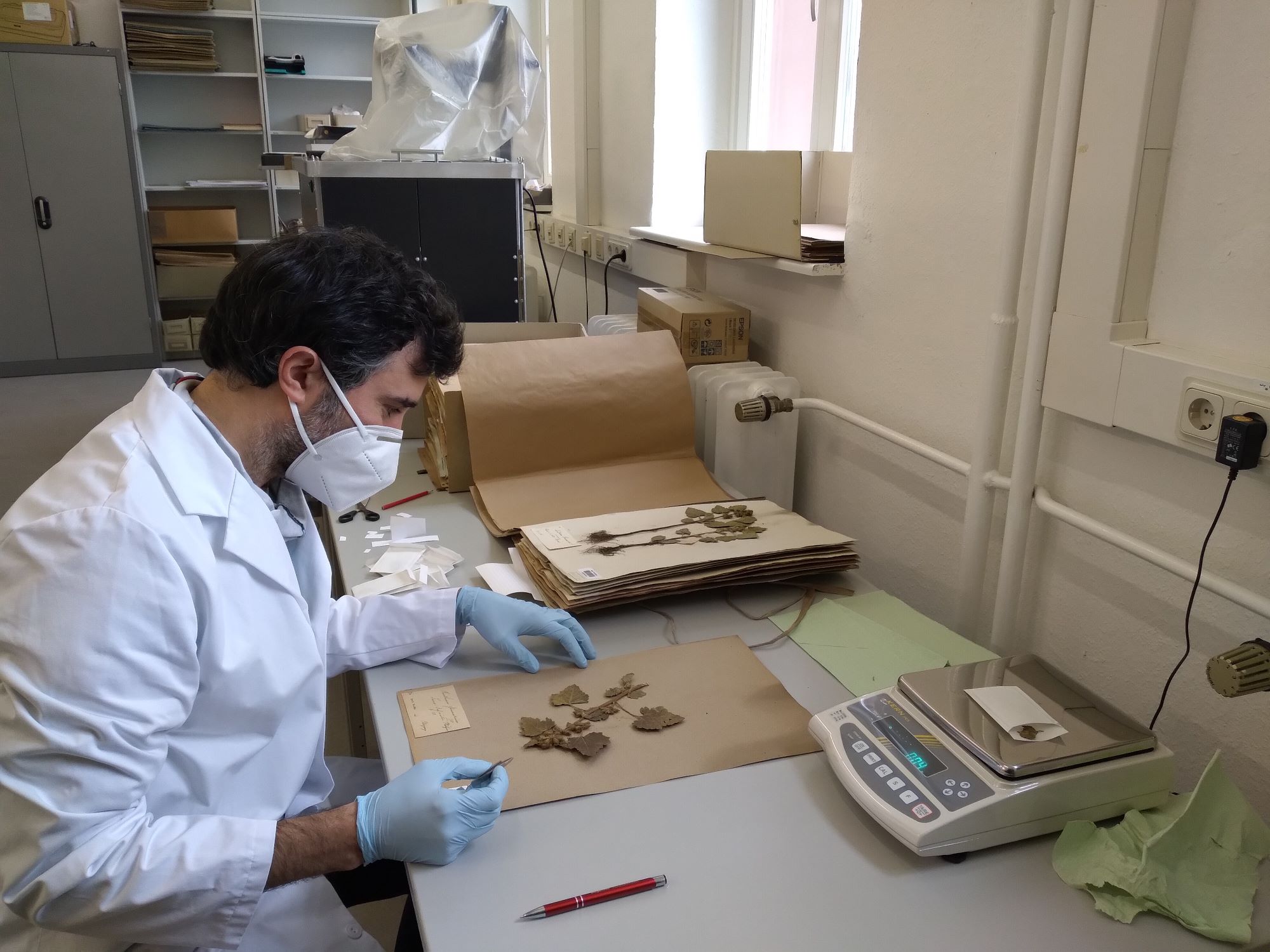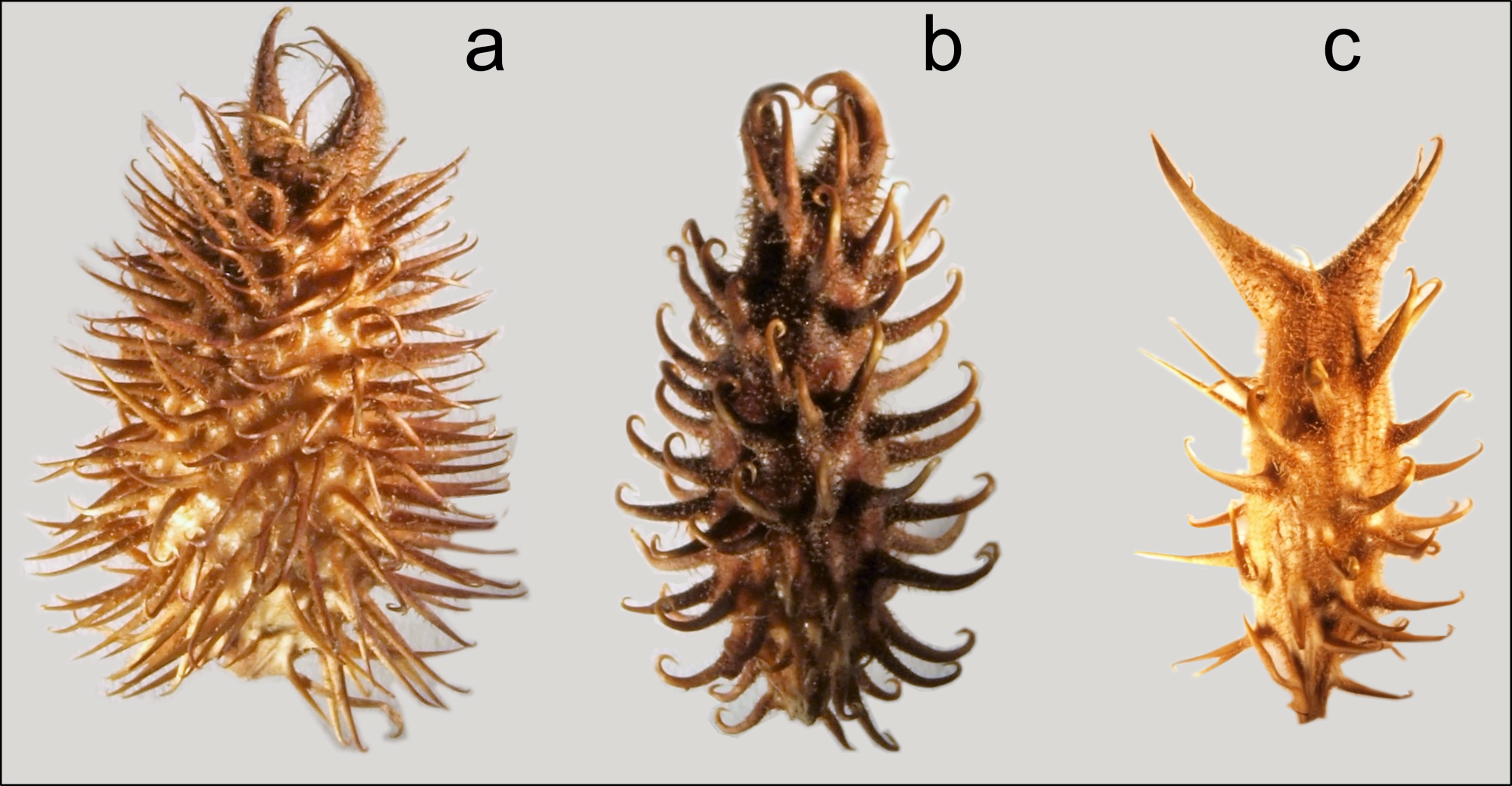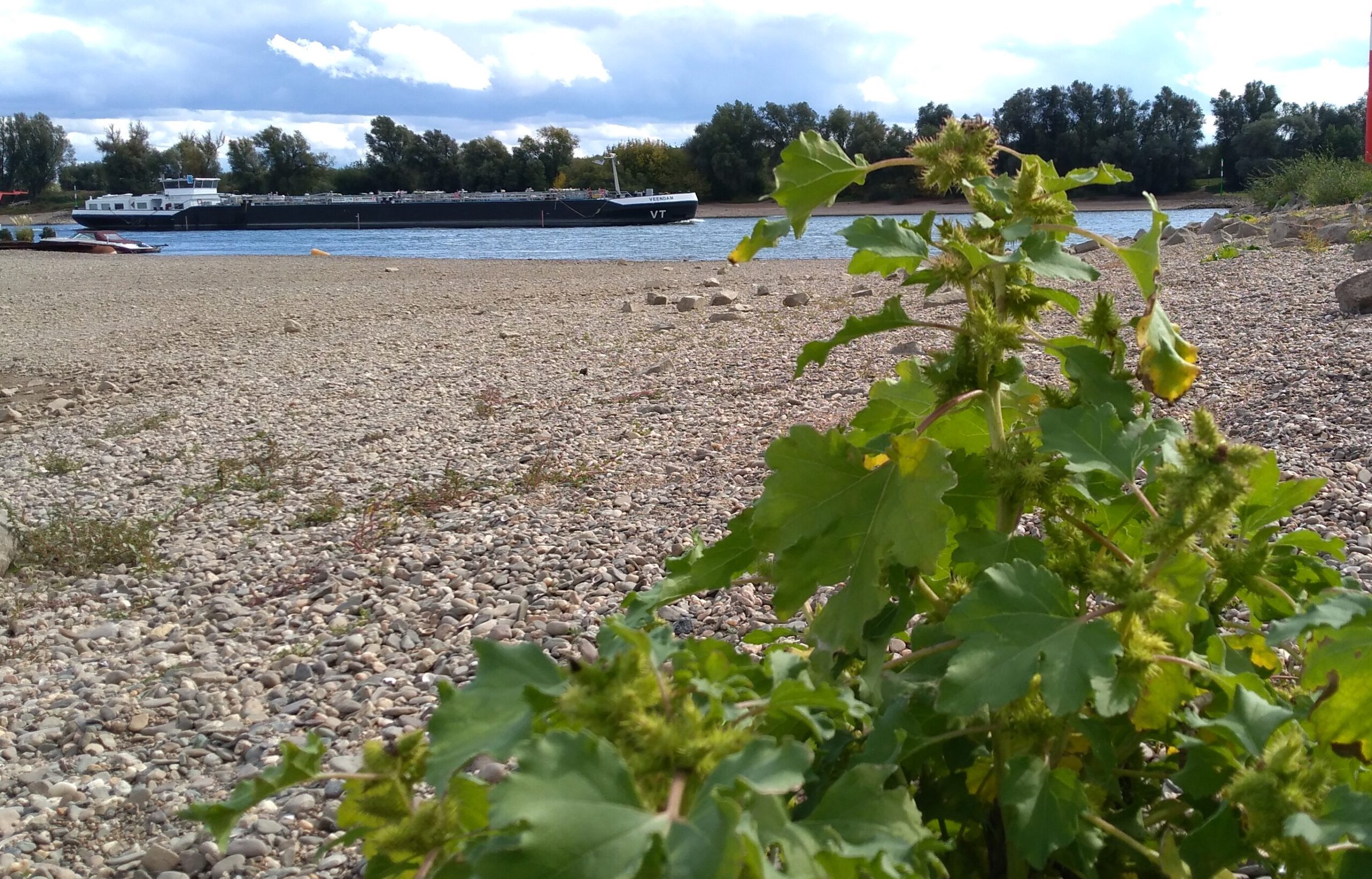
The revival of taxonomy: the importance of historical data and multidisciplinary approaches
Taxonomy is the science entrusted to understand, document, and describe biodiversity. In the last few years, taxonomy started receiving renewed attention by the scientific community, mainly due to the fact that 1) much of the world’s biodiversity is disappearing even before we are able to discover it; and that 2) we are missing a new generation of researchers able to understand and document biodiversity, i.e., a new generation of taxonomists.
The German Science Foundation (DFG) is currently financing a research Priority Program (SPP 1991 Taxon-Omics) aiming at promoting modern taxonomic approaches to discover, name, and quantify biodiversity. The priority program comprehends about 25 research projects with a focus on discovering and delimiting species, applying cutting-edge “-omics” methodologies (i.e., aiming at analysing as much data as possible) on historical specimens and museum collections.
For taxonomic studies, historical collections represent a potential treasure chest. They are collections of enormous biodiversity ready to be explored. Herbarium specimens can be used for morphometric studies (the quantitative study of plant organs’ shapes and sizes), or as source of DNA for genetic research. In the last years, more and more methods have been developed, aiming at facilitating the use of the large amount of data acquirable from herbarium collections (e.g., machine-learning approaches capable to score morphological traits from hundreds of digitalized herbarium vouchers). High-throughput DNA sequencing (also known as “next generation sequencing”) permits to generate millions of DNA sequences from herbarium specimens as old as 150 years. Extremely important in taxonomic studies are types, i.e., herbarium specimens linked to a scientific name.
Salvatore Tomasello examining old specimens at the herbarium of the University of Göttingen (GOET). Small fragments of leaf material are taken for DNA extraction.
Source: Eleni Syngelaki
In one of the projects funded by the SPP 1991, Dr. Salvatore Tomasello aims at developing a conceptual pipeline for delimiting species in challenging taxonomic groups, using types, morphometrics, and high-throughput DNA sequencing. As a proof-of-concept is going to be used the plant genus Xanthium.
Xanthium L.
Xanthium is a genus of the sunflower family (Asteraceae), peculiar for being one of the few members of the family that are wind pollinated. As in the other Asteraceae, flowers are small and arranged in typical flower heads (capitula), which aspect often resemble structures present in single flowers (e.g., sepals and petals). However, in Xanthium flowers are unisexual and placed in separated flower heads. Female flower heads are very derived structures, that enclose completely two female flowers. These structures (burs) can effectively stick to animal fur and human clothing, since they are covered by hooked spines and beaks. In this way, Xanthium can be dispersed over hundreds of kilometres.
Bur diversity observed in the Xanthium orientale species complex: a) “Xanthium italicum”; b) “Xanthium orientale” (sensu strictu); c) “Xanthium wootoni”.
Source: Salvatore Tomasello
Xanthium grows naturally in beaches and riverbanks, in sandy soils, and in sunny places. It adapts very well to human-transformed habitats, such as waste places and cultivated fields. Several members of the genus are considered to be weeds of economically important crops. They are extremely competitive in soybean, cotton, and peanut plantations. Thanks to bur dispersal favoured by human trade, lineages that were once confined to restricted geographical areas have become widespread. In fact, in the last few centuries, burs of Xanthium have been brought accidentally from North- and South-America to Europe and Asia, attached to wool, cotton, and animal fur, or sneaked into soybean and peanut lots. In the new environments, those were able to form ephemeral populations and/or, in some cases, to start the colonization of vast areas.
From a taxonomic point of view, Xanthium represents a complicated genus. Several species have been described in the past, most of which are nowadays considered to be invalid. Taxonomy of the genus has been mostly based on the morphology of the burs, and past taxonomic treatments have varied considerably, mainly because of the high degree of variability of burs and the absence of clear morphological boundaries among species.
Modern studies based on DNA recognised five species in the genus. Among them, Xanthium orientale L. is a very polymorphic species complex, which includes several diverging lineages, formerly considered to be independent species. It originates from the Americas but nowadays is found worldwide. Several species were often described first in Europe based on accidentally introduced populations, and then again with a different name in their native distribution areas.
Xanthium orientale growing along the banks of the river Rhine close to Düsseldorf (North Rhine-Westphalia, Germany)
Source: Salvatore Tomasello
Importance of historical data to solve taxonomic issues in Xanthium
European botanists, who for the first time observed and described new Xanthium in Europe, often enriched descriptions with numerous details about growing sites and circumstances allowing the presence of the new observed plant. As an example, the species Xanthium pungens Wallr. was described in 1842 by Karl Friedrich Wilhelm Wallroth, a Botanist from Central Germany. In the species description, the author states that the plants were found growing on rests of a raccoon fur, among the waste produced by a furrier active at that time in the surrounding of Nordhausen (Thuringia; Germany).
Those descriptions are for us particularly important because represent a starting point to reconstruct, by means of historical investigations, the routes that those plants followed on their way to Europe. Historical data will be crucial in solving taxonomic issues in two principal ways: 1) information on routes of invasion and putative original distribution of species described long ago in Europe will help to (a priori) pinpoint important samples to be used in the genetic and morphometric analyses. 2) reconstructing the socio and economic circumstances producing the dispersal of the new species in Europe will undoubtedly corroborate (a posteriori) results from genetic analyses (analogously to the murder weapon in crime fiction). In collaboration with the RESEED project and with a research group in Italy, some emblematic species of the genus Xanthium will be used as a test for this multidisciplinary approach.
Salvatore Tomasello is a postdoc at the Department of Systematics, Biodiversity, and Evolution of Plants of the University of Göttingen (Germany). He is interested in plant systematics, and especially in the effects that polyploidy, hybridization, and asexual reproduction have on plant evolution. His research focuses on the use of different sources of data (e.g., genomic, phenotypic) to solve (reticulate) evolutionary histories, and species delimitation issues in plants.




0 Comments